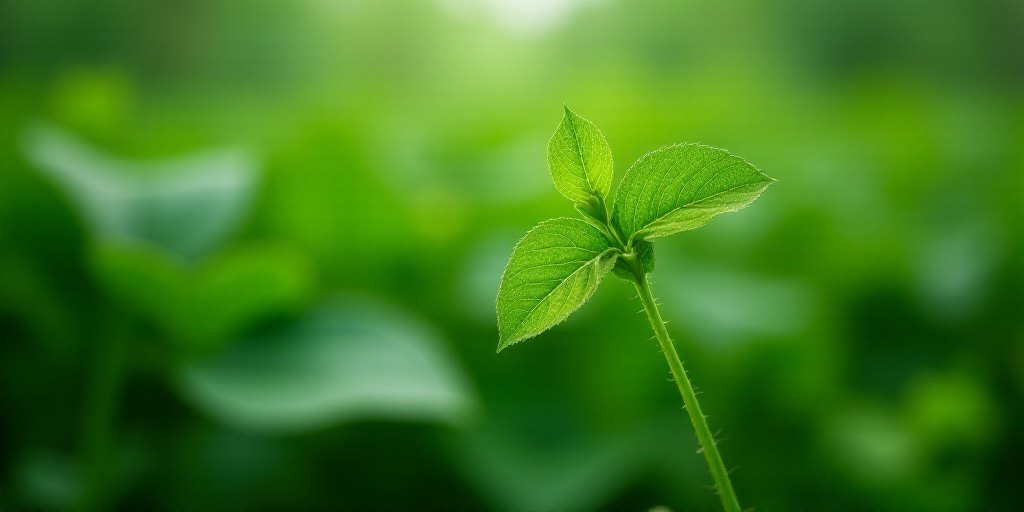Understanding the Impact of Extreme Heat on Plants
Extreme heat can significantly affect both humans and plants. During such periods, plants require special care to survive and continue growing. Here are key recommendations for protecting your garden, based on guidelines from the Iowa State University.
What Happens to Plants When It’s Too Hot?
Plants have a limit to their heat tolerance. When temperatures exceed 30°C, plant growth starts to decrease as their photosynthesis capacity is limited while respiration (which consumes energy) remains active. If the heat persists for several days or weeks, a plant’s food reserves can be depleted, leading to deterioration or even death.
Moreover, excessive heat accelerates water loss in leaves and soil, making it difficult for roots to absorb necessary moisture. This results in wilting, leaf burns, and can even dry out plants completely.
How to Care for Plants During a Heatwave
1. Water Wisely
- Check the soil at least once a day. If it feels dry when you insert your finger, it’s time to water.
- Water in the morning when it’s cooler and less water is lost to evaporation.
- Avoid sprinklers; instead, water directly at the base of plants or use drip systems or soaker hoses.
- Pay attention to newly planted pots, as their roots are not yet fully developed and can dry out quickly.
2. Apply Mulch
- Covering the soil with organic materials like dry leaves, wood chips, or compost helps conserve moisture, reduces evaporation, and keeps the roots cool.
3. Provide Shade
- If possible, move potted plants to a shaded area.
- For directly sown plants, use shade cloth, fabric, or clear sheets to cover them without touching the leaves.
- Choose a mesh that blocks 30% to 50% of light and position it about a centimeter above the plant to prevent overheating.
4. Pause Other Garden Activities
- Avoid fertilizing during a heatwave as it may force the plant to grow when it lacks sufficient energy.
- Postpone transplanting or propagation until temperatures drop.
- Remove spent blooms to prevent the plant from expending energy on seed production and prepare it for flowering after the heat.
5. If You Have Lawn, Let It Rest
- Cool-season grasses can enter a state of dormancy, stopping growth and turning brown but remaining alive. If the extreme heat lasts more than six weeks, deeply water twice with a week apart to help it recover.
Remember to Take Care of Yourself Too
Work in the garden during the morning, stay hydrated constantly, use sunscreen, and take frequent breaks. Recognizing signs of heat exhaustion is crucial for your health.
Protecting your garden from extreme heat not only helps plants survive but also allows you to enjoy a green and healthy outdoor space throughout the summer.
Key Questions and Answers
- Q: How does extreme heat affect plants? A: Extreme heat can limit a plant’s photosynthesis capacity while increasing its respiration, leading to decreased growth and potential depletion of food reserves, causing deterioration or death.
- Q: What’s the best time to water plants during a heatwave? A: Water in the morning when it’s cooler to minimize evaporation.
- Q: How can I help my plants stay hydrated? A: Use drip systems or soaker hoses, and pay special attention to newly planted pots.
- Q: What can I do to provide shade for my plants? A: Use shade cloth, fabric, or clear sheets, positioned about a centimeter above the plant.
- Q: Should I continue gardening activities during a heatwave? A: Pause fertilizing, transplanting, and propagation until temperatures drop. Remove spent blooms to conserve energy.
- Q: How can I care for my lawn during a heatwave? A: Allow cool-season grasses to enter dormancy if the extreme heat lasts more than six weeks; deeply water twice with a week apart to aid recovery.
- Q: How can I ensure my own well-being while gardening in hot weather? A: Work in the morning, stay hydrated, use sunscreen, and recognize signs of heat exhaustion.






